The Interpretation Center on the island of San Cristobal in the Galapagos is much more than rooms full of maps and photos. In fact, although the exhibits are worth seeing, we recommend spending much more time walking the trails.
Getting to the Interpretation Center
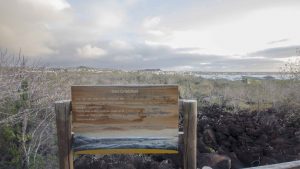 The Interpretation Center is just on the outskirts of Puerto Baquerizo Moreno. In fact, from the grounds of the Interpretation Center, you can see the port city spread out below.
The Interpretation Center is just on the outskirts of Puerto Baquerizo Moreno. In fact, from the grounds of the Interpretation Center, you can see the port city spread out below.
The Interpretation Center is likely within walking distance of your hotel. However, if you are in the main part of town, you might want to consider taking a taxi and save your feet a couple of kilometers of hiking. That way you can also spend more time on the grounds of the Interpretation Center.
[ready_google_map id=’71’]
There are a few small buildings with exhibits that might be of interest to you. You can learn about how the archipelago was formed, problems facing the Galapagos Islands like the freshwater shortage, or the history of Charles Darwin. For example, did you know that San Cristobal was the first island visited on the famous 1835 voyage of the Beagle?
The Trails at the Interpretation Center
 If you walk past the buildings of the Interpretation Center, you will encounter a trail system that takes you to a couple of iconic San Cristobal destinations.
If you walk past the buildings of the Interpretation Center, you will encounter a trail system that takes you to a couple of iconic San Cristobal destinations.
Note that the Google Map we provide above does show a walking trail. However, in map-view it does not show the smaller connecting trail nor many of the splits. Make sure to use satellite-view to get a better picture. Of course, the entire trail is paved or graveled so it would be really hard to get completely lost.
The first split in the trail takes you towards a cove where you can swim and snorkel, an overlook of this cove, a statue of Charles Darwin, the World War II gun emplacements, and the view point called Cerro Tijeretas.
First, the overlook to the cove. You will see a trail to your right that is very steep. It takes you up to a point that overlooks the ocean and the cove of Cerro Tijeretas. This place should not be confused with the Mirador Cerro Tijeretas. This section of the trail is not recommended for people who are not in good shape.
Hike back down and then continue along the trail. The next split to the right will take you down to the water. Many people like to bring snorkel gear and swim in the choppy waters of this cove. It is possible to see many animals here, including sea lions. Beware, they have been known to bite people, sometimes in fun, like a playful dog, and sometimes in warning when they feel threatened. It is always best to keep your distance from these wild animals.
The Charles Darwin Statue
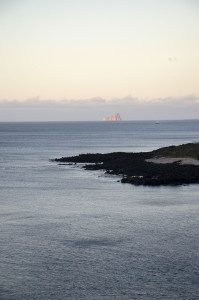 When you are done swimming, hike back up to the trail and continue to the next split. To the right, you can visit the statue of Charles Darwin. He towers over a viewpoint that looks out into the ocean towards the famous Kicker Rock. I love visiting this spot at sunset and at moonrise. If you visit early in the morning or after sunset, be prepared to hike through Playa Punta Carola instead of using the entrance at the Interpretation Center.
When you are done swimming, hike back up to the trail and continue to the next split. To the right, you can visit the statue of Charles Darwin. He towers over a viewpoint that looks out into the ocean towards the famous Kicker Rock. I love visiting this spot at sunset and at moonrise. If you visit early in the morning or after sunset, be prepared to hike through Playa Punta Carola instead of using the entrance at the Interpretation Center.
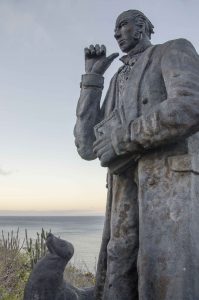 After everyone has taken their photo with Charles, head back to the trail and continue to the next split to see the gun emplacements from World War II. The United States built a base on Baltra Island. They used the island of San Cristobal for a source of fresh water. Today, the only reminder that the US used this territory are the remaining gun emplacements.
After everyone has taken their photo with Charles, head back to the trail and continue to the next split to see the gun emplacements from World War II. The United States built a base on Baltra Island. They used the island of San Cristobal for a source of fresh water. Today, the only reminder that the US used this territory are the remaining gun emplacements.
Once back on the main trail, you can hike to the Playa Punta Carola. This beach is used by locals and tourists alike for surfing. It is also a great entrance and exit point to the trails of the Interpretation Center. If you decide to come in early morning or after sunset, this beach provides the only open access.
Wildlife at the Interpretation Center
My favorite activity along these trails is photographing the flora and fauna. The best time of day to catch insects, spiders, and birds in action is before 9am in the morning. During the heat of the day, most birds keep themselves tucked away. But they do come out again in the late afternoon.
- A Galapagos Flycatcher
- A Darwin’s Finch, Interpretation Center, San Cristobal
- Spider, Interpretation Center, San Cristobal
- Caterpillar, Interpretation Center, San Cristobal
- Galapagos Mockingbird, Interpretation Center, San Cristobal
- A Darwin’s Finch, Interpretation Center, San Cristobal
But lizards come out in the heat so start looking for them after the sun has hit the trails or in the very late afternoon. As you approach the Playa Punta Carola, you are almost guaranteed to find marine iguanas lounging among the rocks. And don’t forget to look for creatures both above and below the water near the cove. Tidepooling is not a common activity in the Galapagos but there are critters to be found for the attentive naturalist.
- Lava Lizard, Interpretation Center, San Cristobal
- Hermit Crab, Interpretation Center, San Cristobal
- Marine Iguana, Interpretation Center, San Cristobal
And last, but not least, the Interpretation Center allows the opportunity to see cactus and other flowering plants up close and personal. Take some time to touch the hardened bark of the Opuntia Cactus. Observe the light as it hits different kinds of spines. And if you are lucky enough to visit during the flowering of native cactus, enjoy!
- Cactus Spines, Interpretation Center, San Cristobal
- Flowering Cactus, Interpretation Center, San Cristobal
- Cactus Spines, Interpretation Center, San Cristobal
- Hibiscus Relative, Interpretation Center, San Cristobal
- You don’t have to walk far from the Interpretation Center to find pretty views.

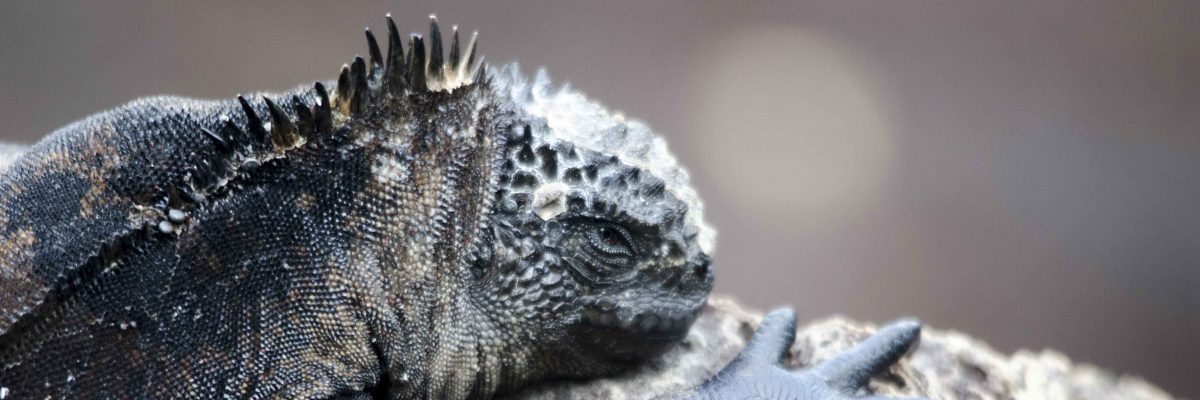
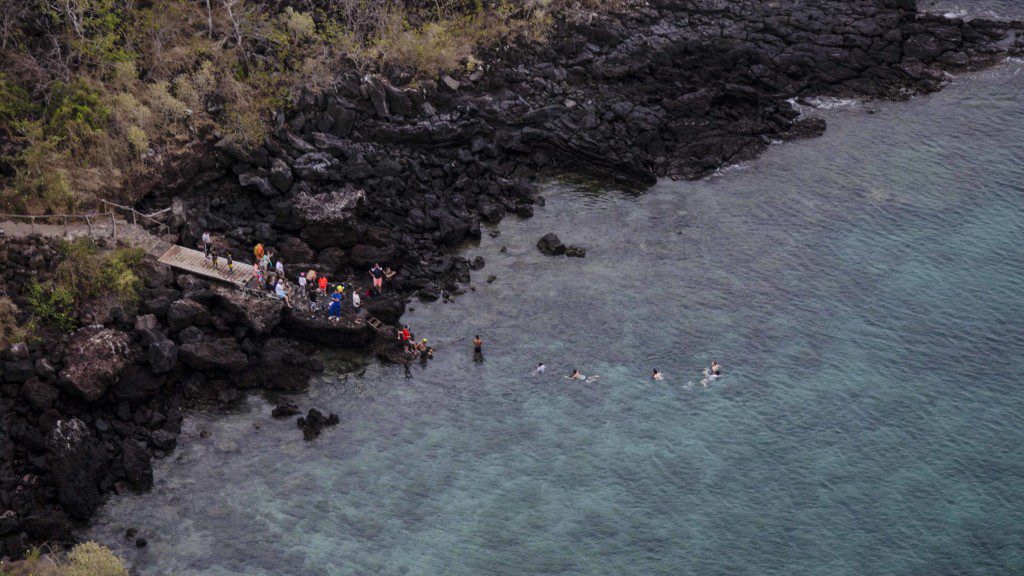
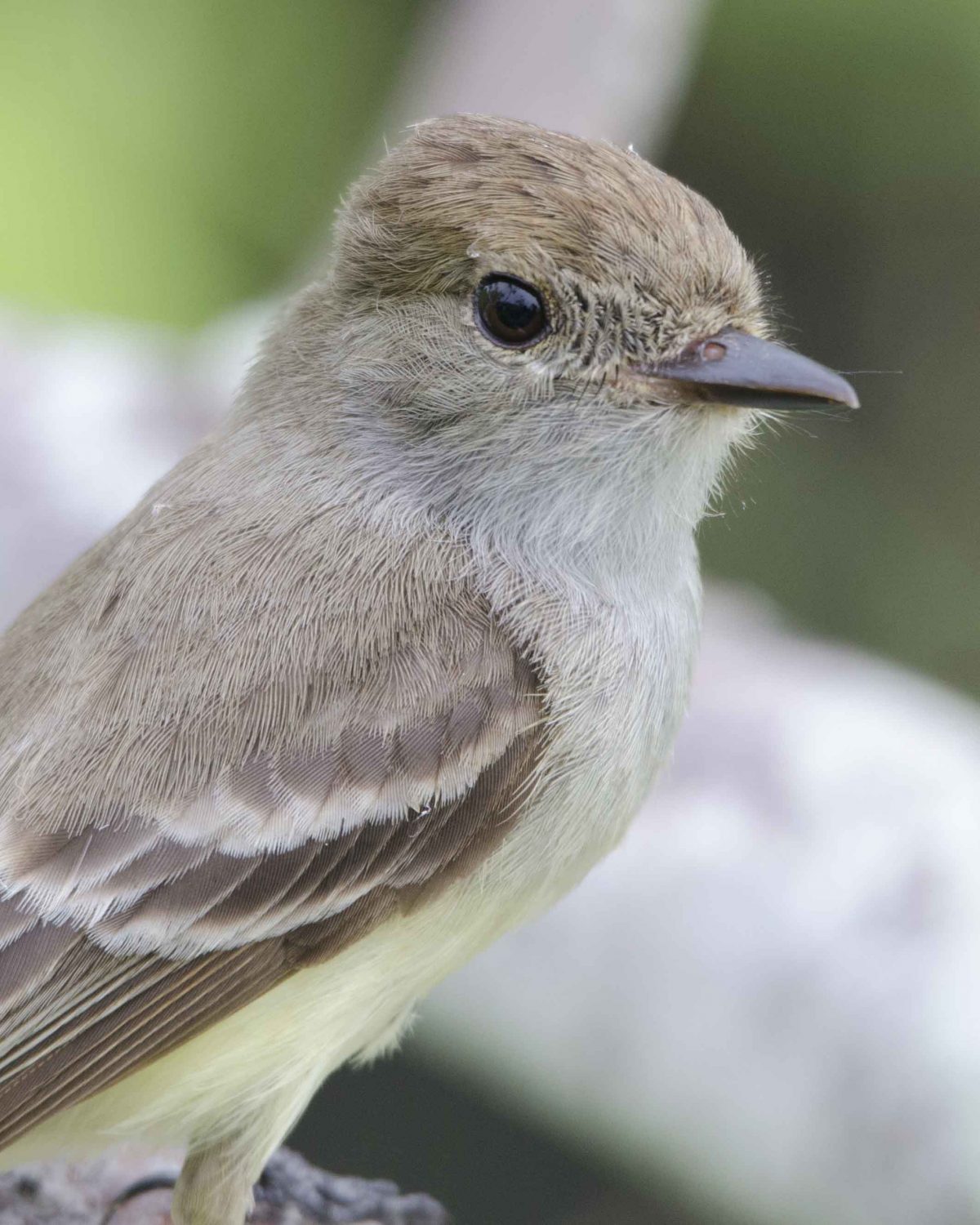
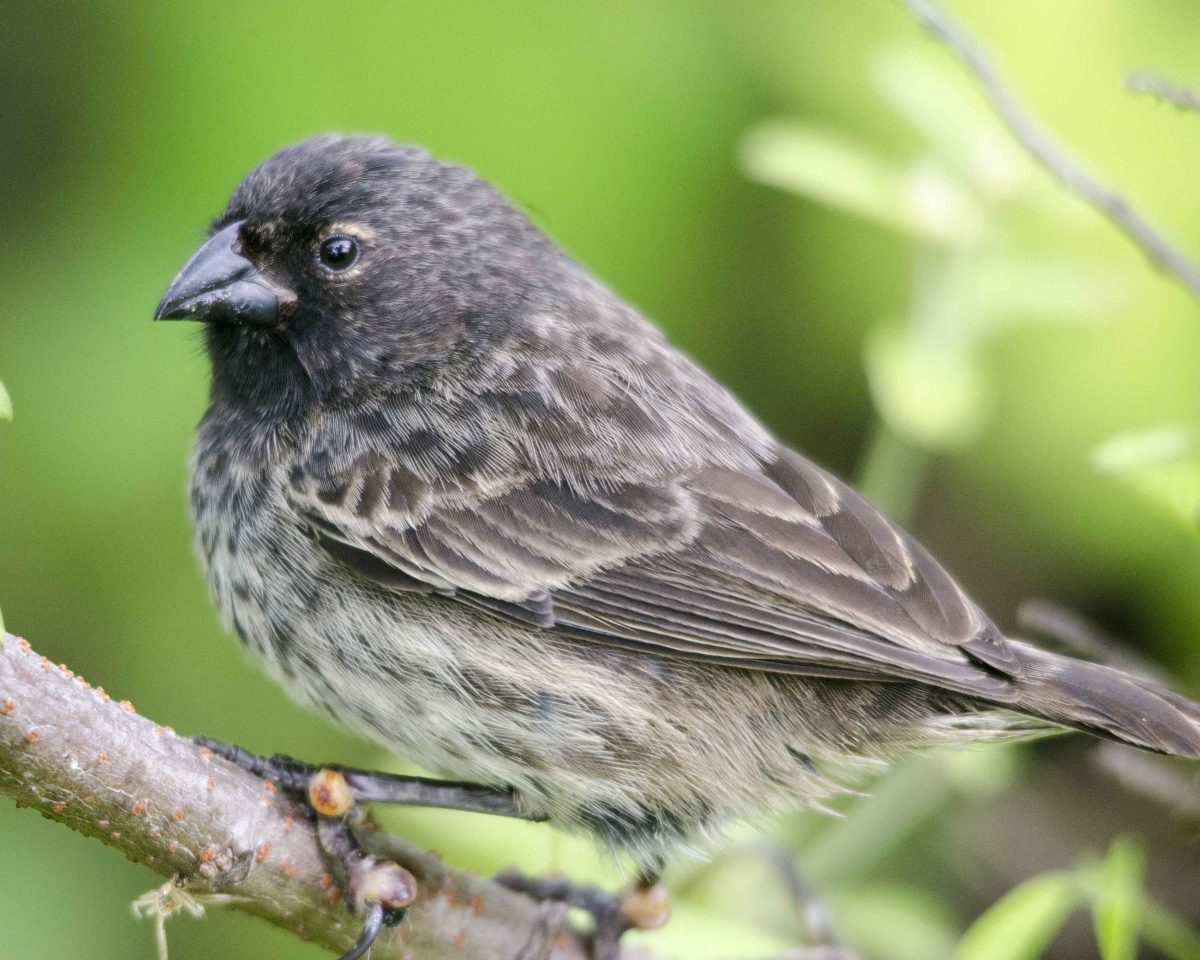

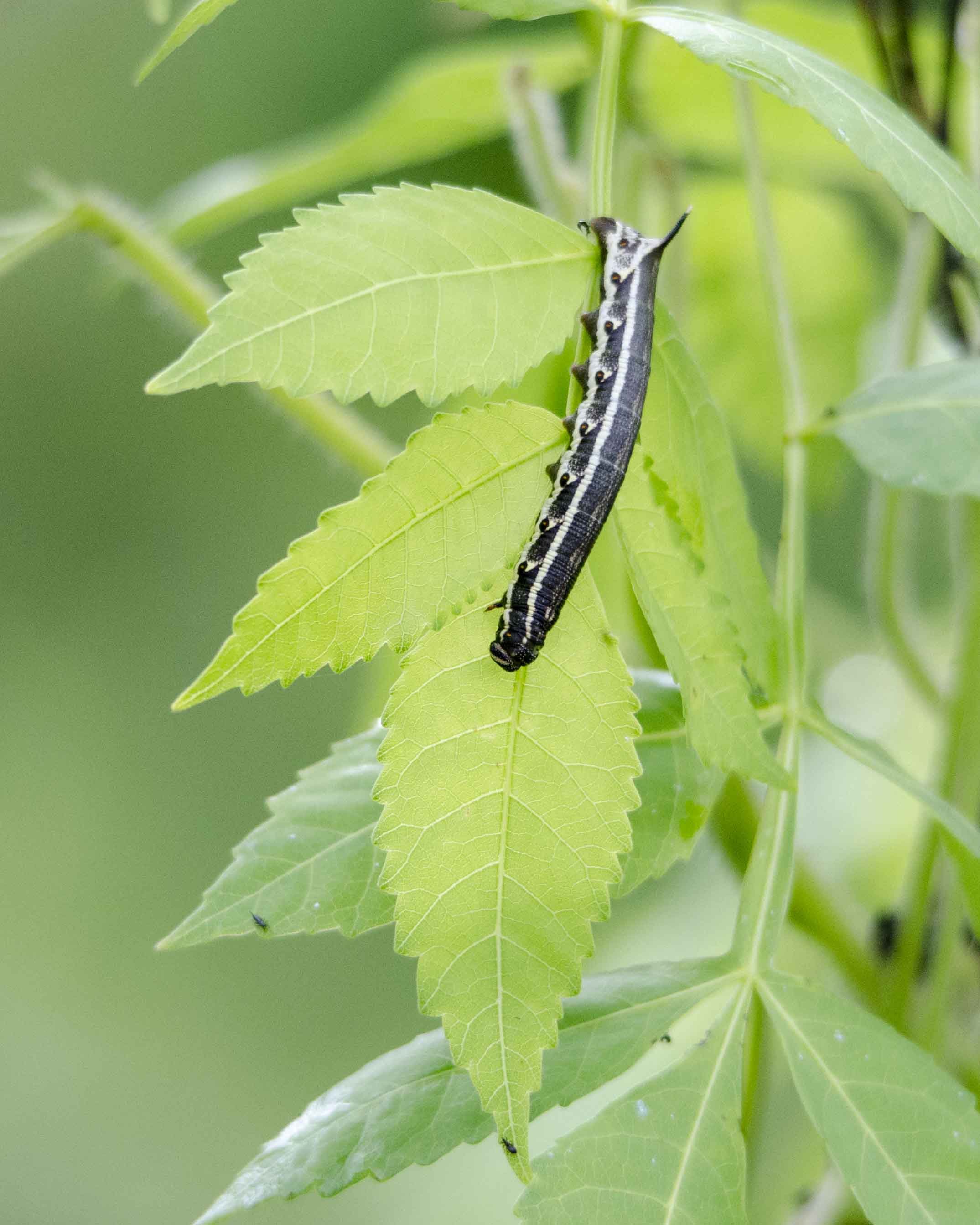
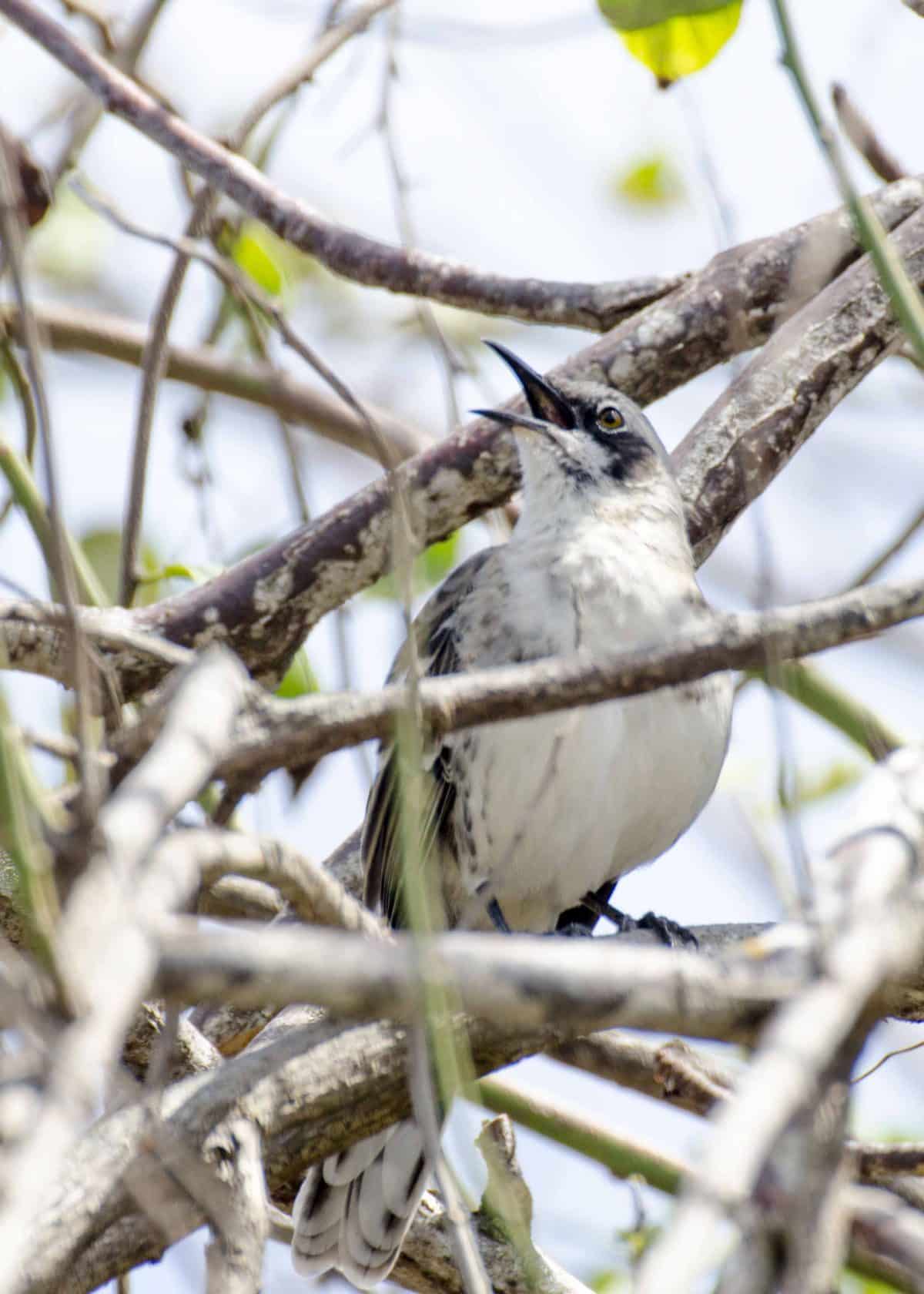
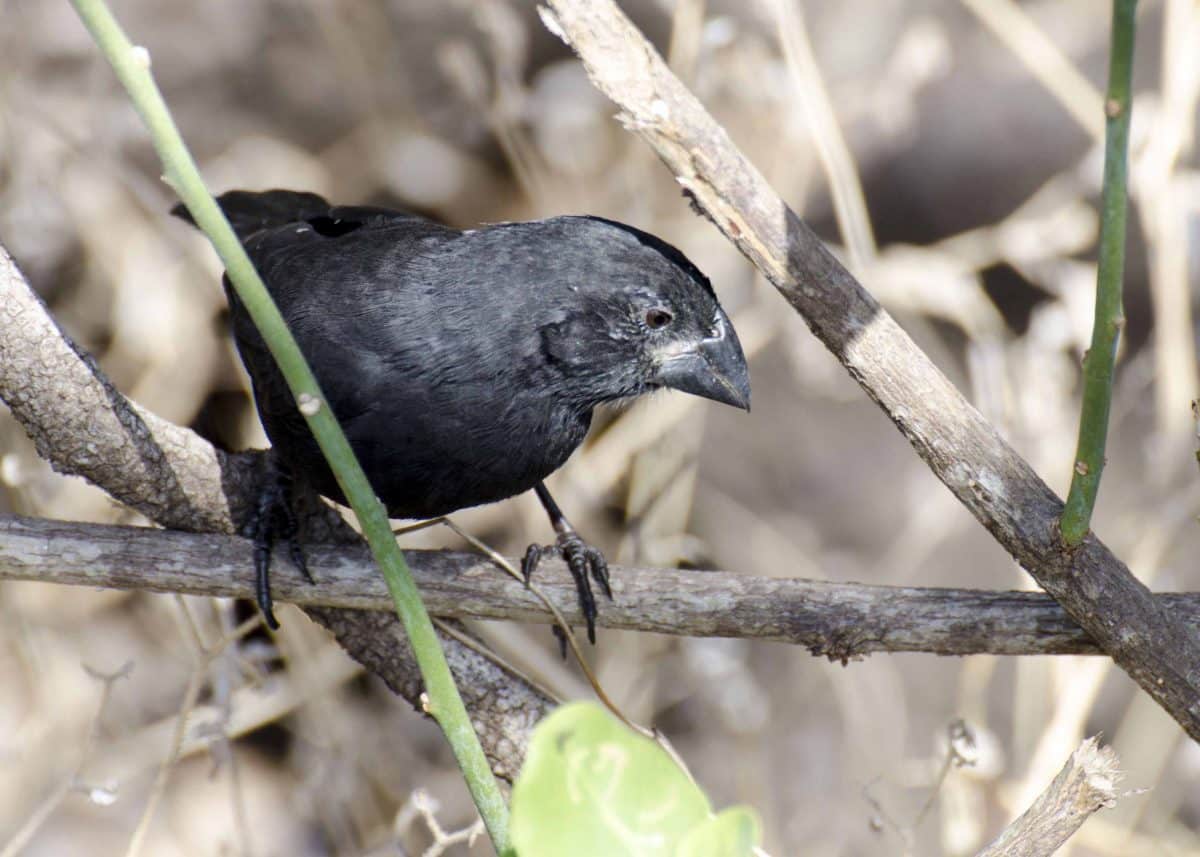
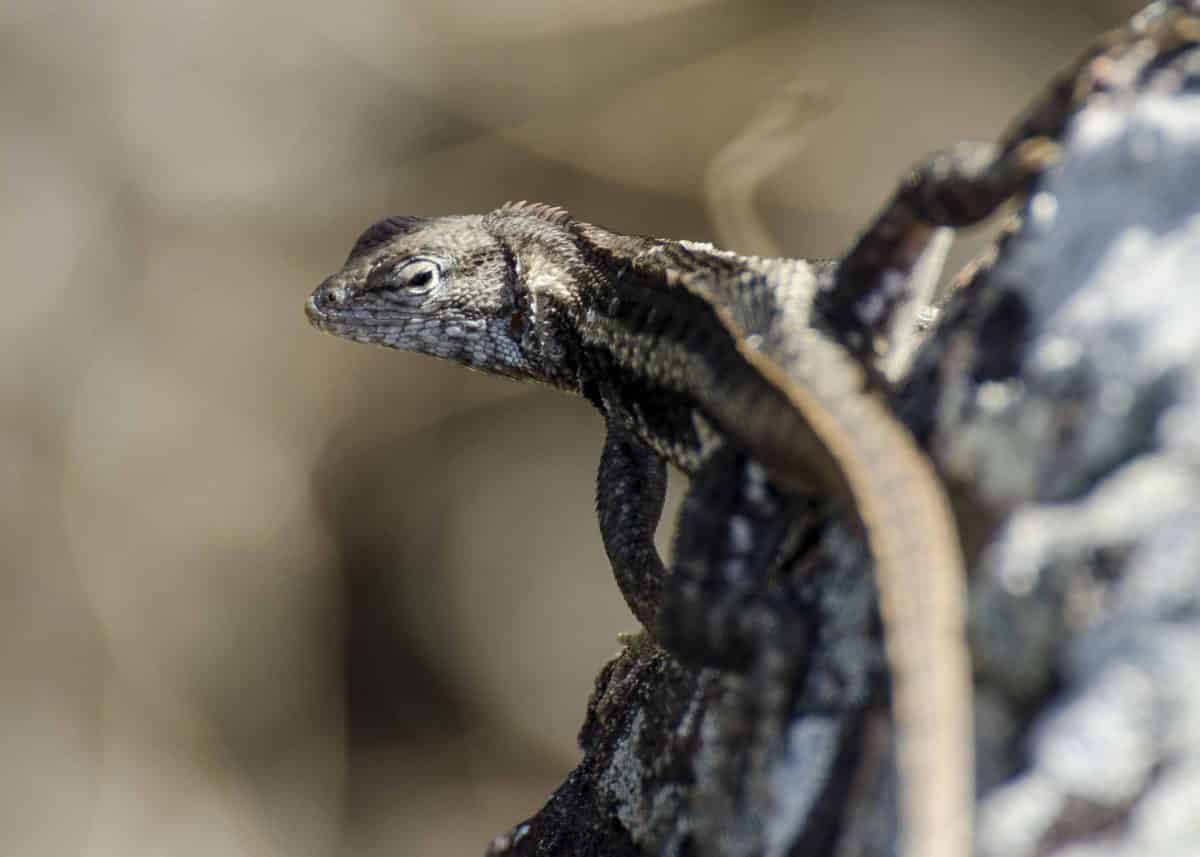
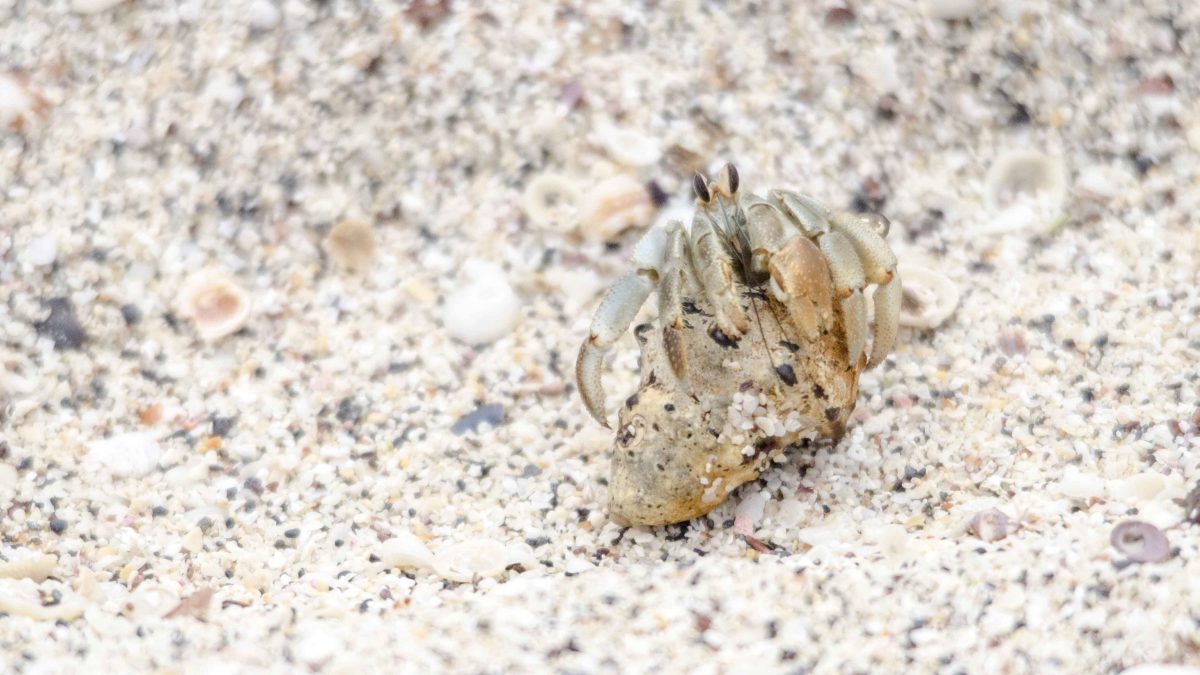
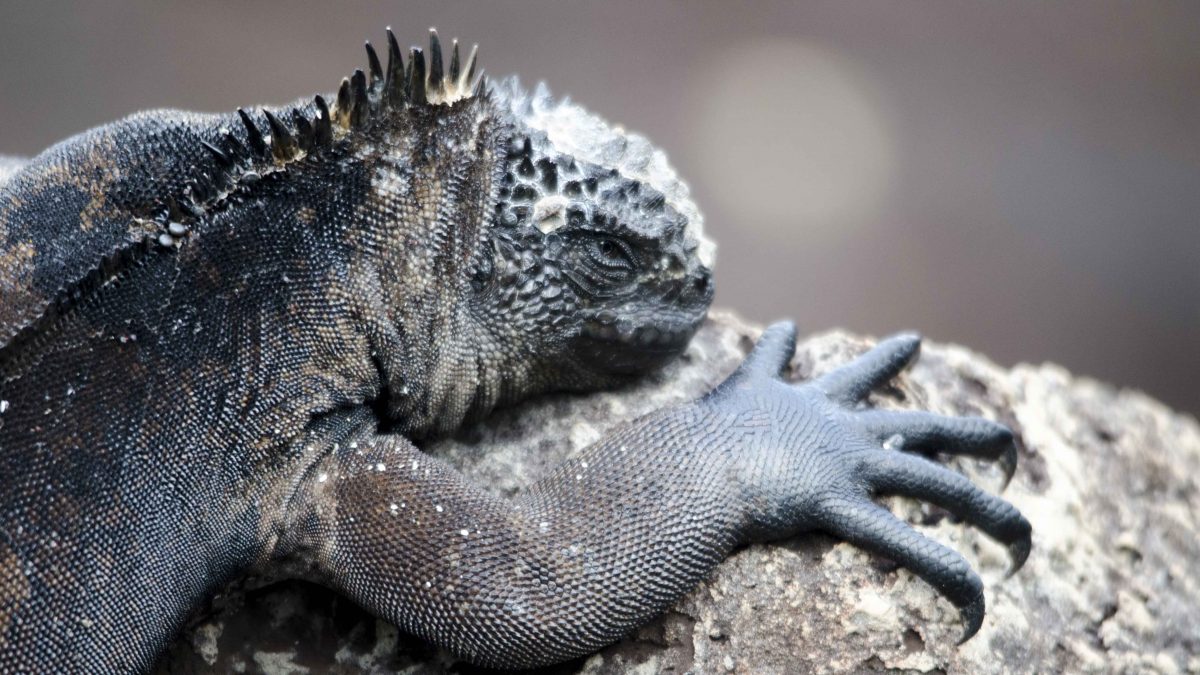
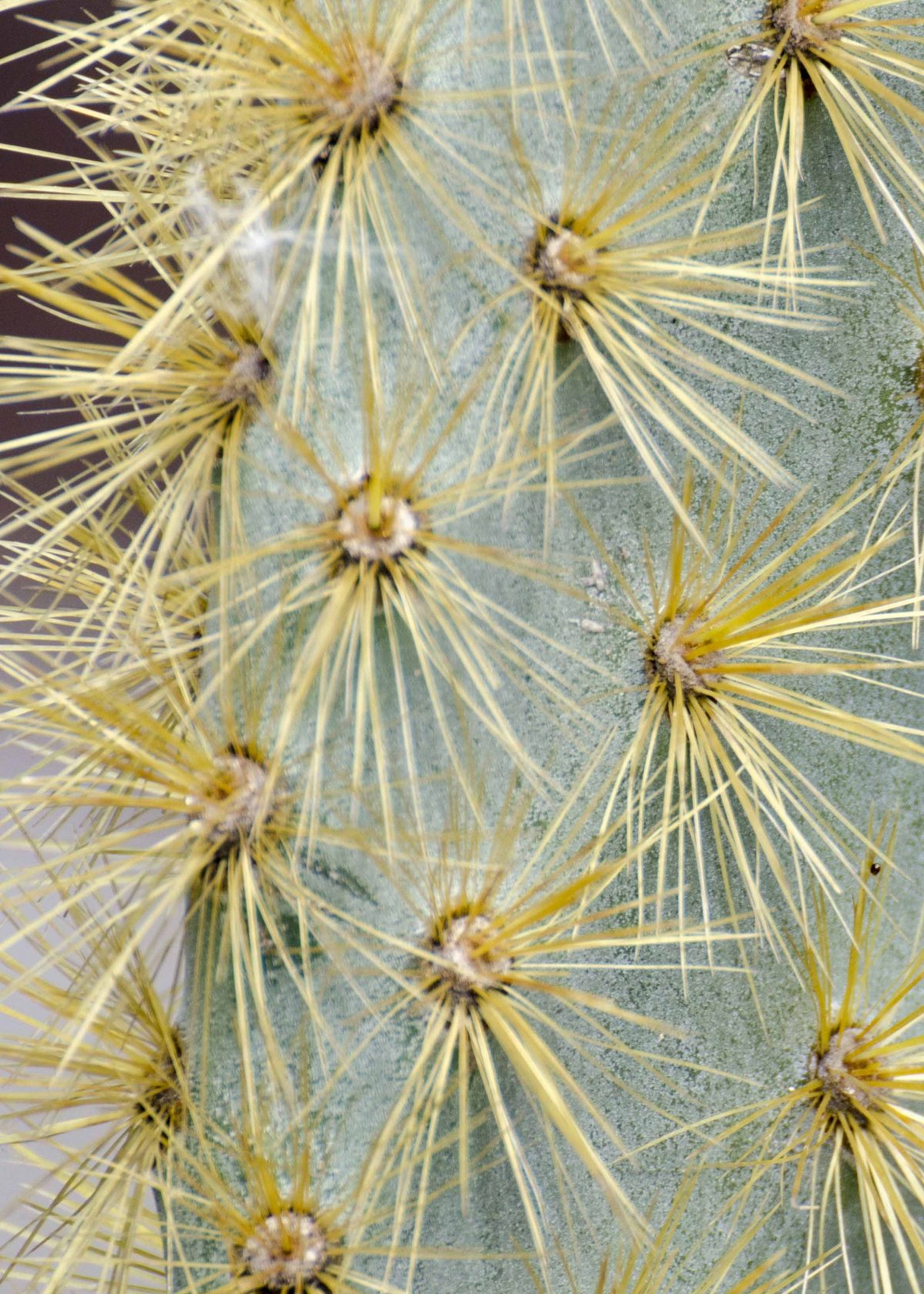
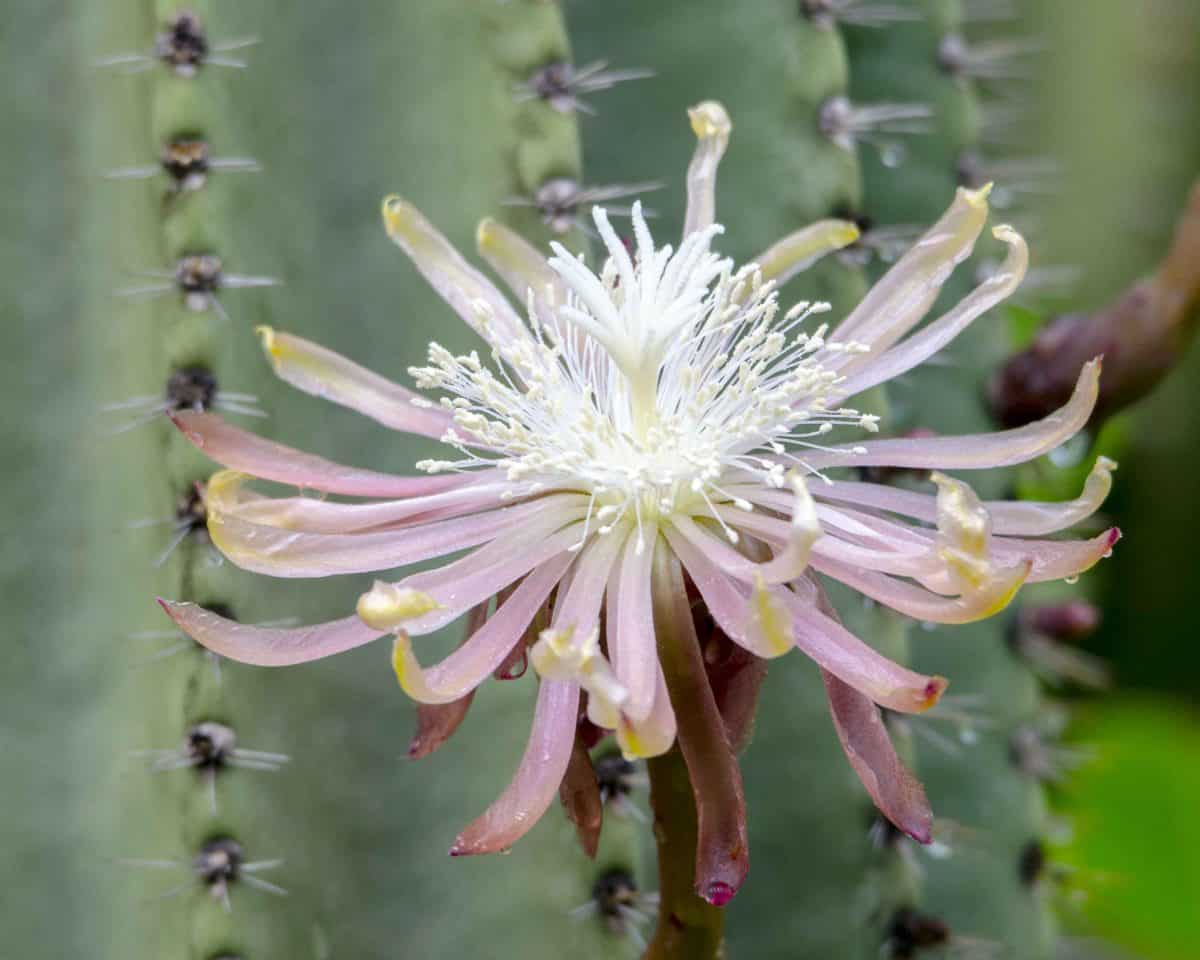
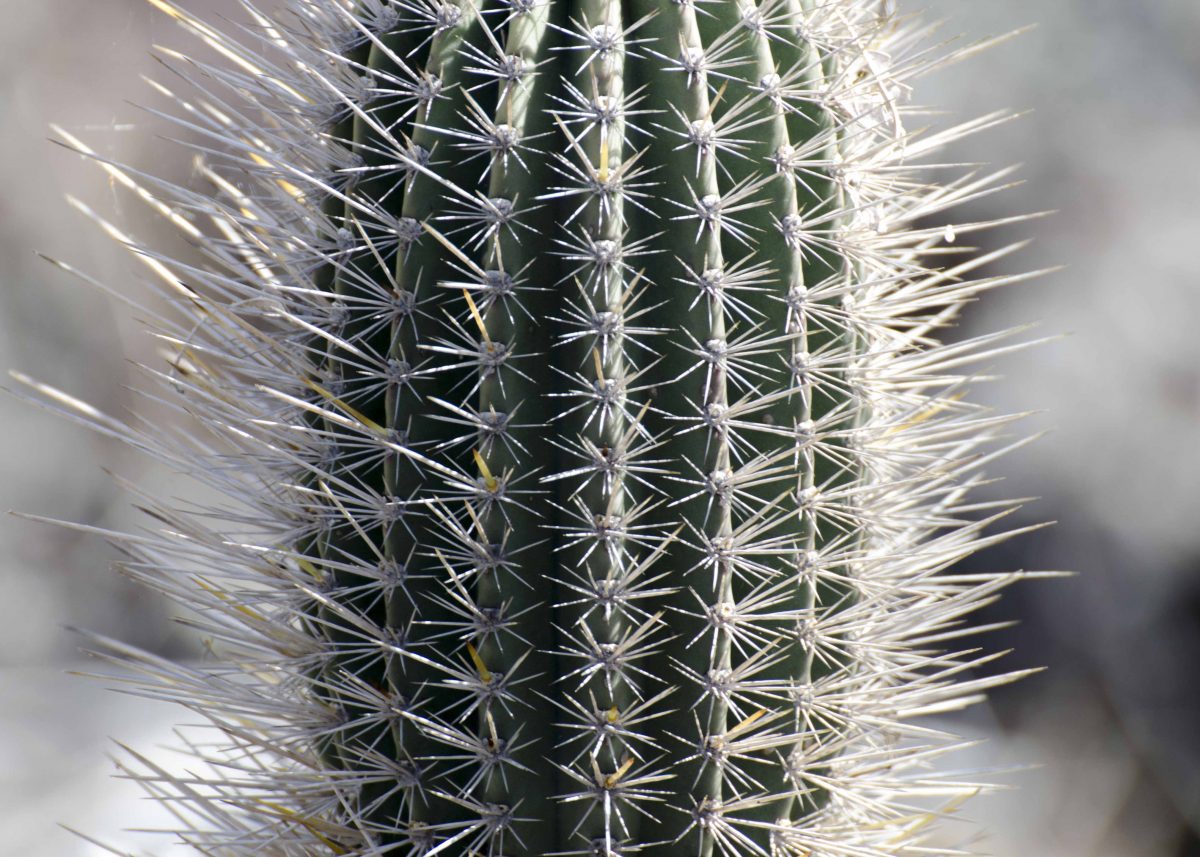

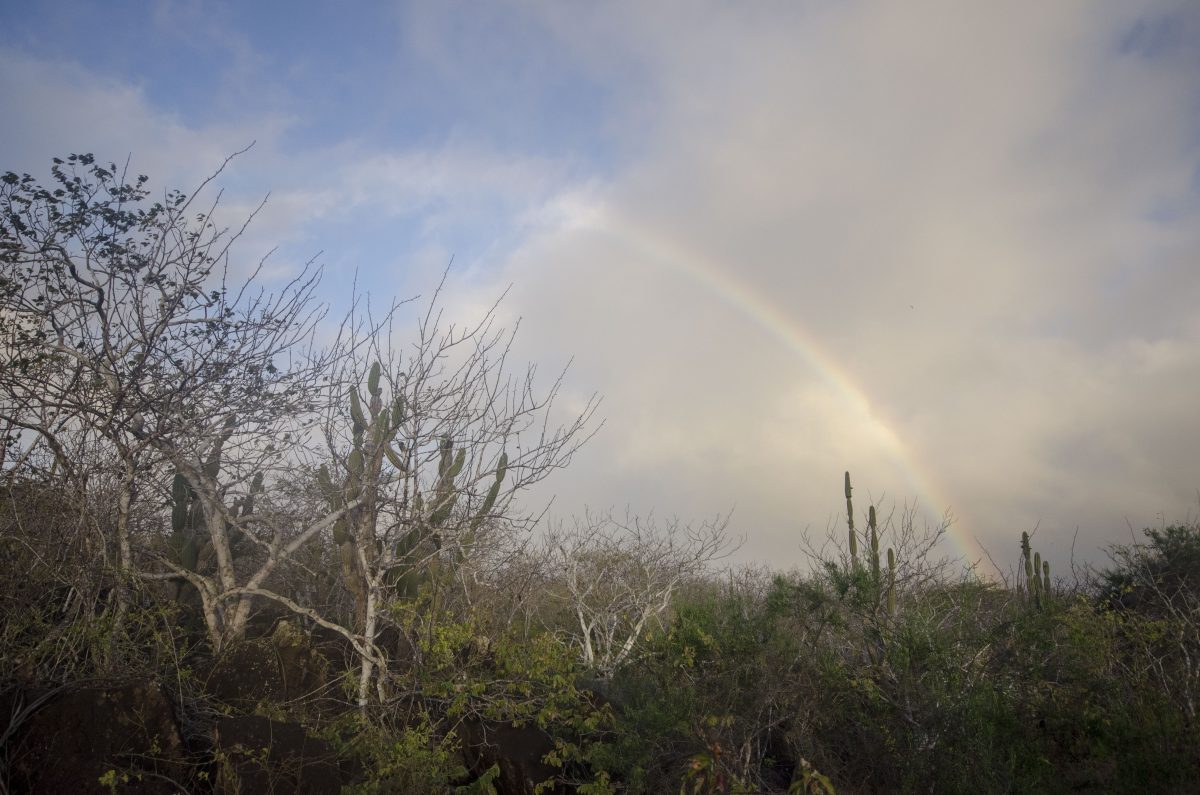
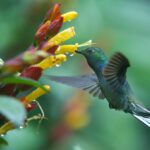
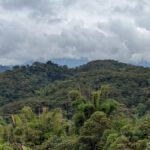

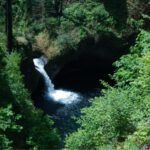



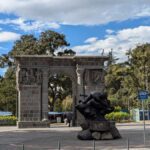



0 comentarios